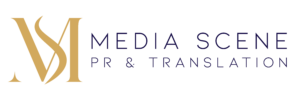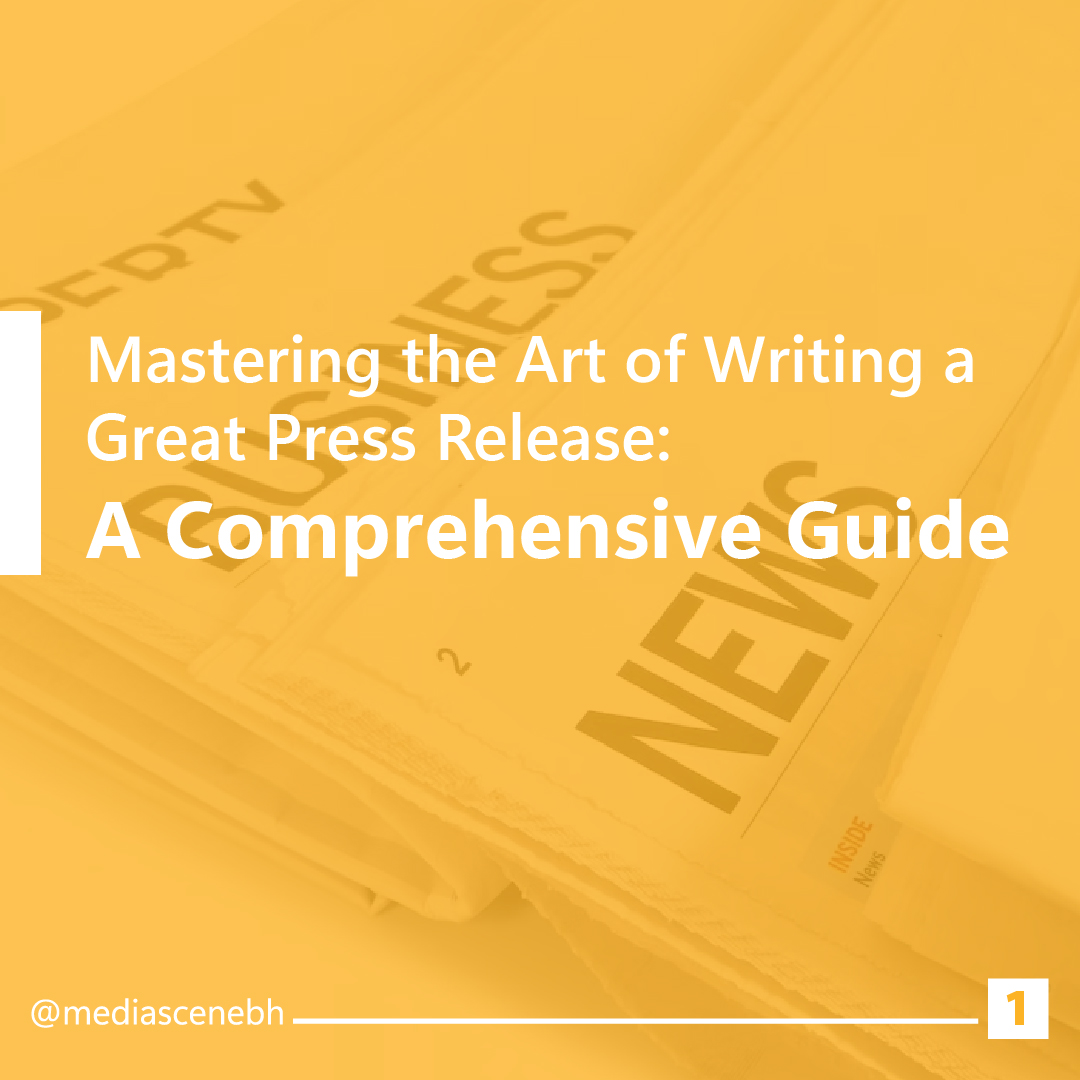Introduction:
In today’s fast-paced world, effectively communicating your message to the media is crucial for gaining visibility and attracting attention to your organization or event. A well-crafted press release can serve as a powerful tool to inform journalists, bloggers, and the public about your news or announcement. However, writing a great press release requires strategy, precision, and an understanding of the media landscape. In this blog post, we will guide you through the process of writing a compelling press release that grabs attention and maximizes your chances of media coverage.
Define Your Objective:
Before diving into the actual writing process, clearly define the objective of your press release. Are you launching a new product, announcing an event, or sharing an important update? Understanding your goal will help you structure your press release and craft a focused and compelling message.
Identify Your Target Audience:
Consider the audience you want to reach with your press release. Are you targeting industry-specific journalists, local media outlets, or a broader audience? Tailor your language, tone, and content to appeal to your target audience. Understanding their needs and interests will increase the effectiveness of your press release.
Craft an Attention-Grabbing Headline:
The headline is the first thing journalists and readers see, so it should be concise, engaging, and capture the essence of your news. Use strong, action-oriented language and highlight the most newsworthy aspect of your announcement. A compelling headline increases the chances of your press release being read and shared.
Write a Strong Opening Paragraph:
The opening paragraph should provide a concise summary of your news, answering the who, what, when, where, why, and how questions. Journalists are often pressed for time, so make sure your opening paragraph grabs their attention and entices them to read further.
Develop the Body:
The body of your press release should provide additional details, quotes, and supporting information. Use the inverted pyramid structure, placing the most important information at the beginning and gradually expanding upon it. Keep the language clear, concise, and jargon-free. Use bullet points or subheadings to enhance readability.
Include Quotes:
Quotes from relevant individuals, such as company executives or event speakers, add credibility and human interest to your press release. Quotes can provide additional context, opinions, or insights related to the news. Ensure that the quotes are attributed correctly and are relevant to the overall message of the press release.
Provide Supporting Information:
Include relevant facts, statistics, or data that support the claims made in your press release. This can help journalists understand the significance and impact of your news. Incorporate hyperlinks to additional resources or studies to provide further information if necessary.
Add Contact Information:
Include clear and up-to-date contact information at the end of the press release. This should include the name, phone number, email address, and website of the person or department responsible for handling media inquiries. Make it easy for journalists to get in touch with you to request additional information or interviews.
Format and Proofread:
Ensure that your press release is well-formatted and free of grammatical errors or typos. Use a professional font, standard margins, and include your company or organization’s logo at the top. Proofread the press release multiple times to eliminate any mistakes or inconsistencies.
Distribution and Follow-Up:
Once your press release is finalized, select appropriate distribution channels to reach your target audience. This may include your organization’s website, press release distribution services, industry-specific media outlets, or social media platforms. Additionally, consider following up with journalists to confirm receipt of the press release and offer assistance or additional information.
Conclusion:
Writing a great press release is an art that requires careful planning, concise writing, and an understanding of the media landscape. By following the steps outlined in this guide, you can create a compelling press release that captures attention, communicates your message effectively, and increases your chances of media coverage. Remember to adapt your approach based on your specific objectives, target audience, and the ever-changing media landscape. With practice and refinement, you can master the art of writing a great press release and achieve your communication goals.


